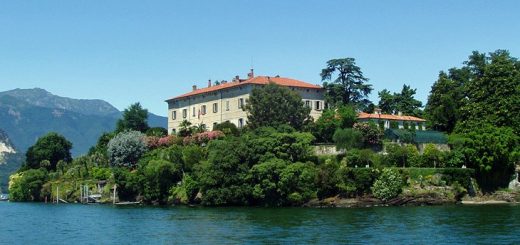What can you see in Sarlat
Sarlat, France is an incredible historical place. What can you see in Sarlat and Dordogne area? Found where the Ceou River flows into the Dordogne, Castelnaud-la-Chapelle is a dominant fortress dating to the 1200s. During the Hundred Years’ War in the 1300s and 1400s it was allied to the English Plantagenets and faced off against the Chateau de Beynac, just across the Dore and controlled by the French. It’s recognised as a French Historical Monument for its gatehouse, keep and curtain walls woven with loopholes, all soaring over the river. You can come for a 45-minute tour in English or French, see a large exhibit of historic weaponry, as well as working replicas of the powerful siege engines used in the Hundred Years’ War.
Place des Oies is where you can see the life-size bronze statue of three geese that seems to appear on every postcard of Sarlat; birds that have served as a delicacy for many Salardais over the centuries. Meanwhile, on Place de la Liberte, many visitors might experience a feeling of deja vu, as this iconic square has often served as a backdrop for films.
Of no relation to the Parisian 17th-century writer Cyrano de Bergerac with his misshapen nose (or the 1980s BBC detective series), this medieval river port means wine. Rosette and Monbazillac vineyards rise above the town and Pecharmant reds age in oak barrels on family-run estates on its northern fringe. In Bergerac you can taste the region’s 13 different appellations and meet local producers at the House of Wines (vins-bergerac.fr), 1 rue des Recollets. Lazing between sun-baked clearings and chestnut forests in the southern Dordogne, this town, an hour from Bergerac, was founded in 1284 for King Edward I of England. Much to the joy of flaneurs today who revel in the medieval symmetry of central place des Cornieres and its surrounding grid of streets, the bastide was built in a quadrilateral, 500 yards long and 250 yards wide. You can’t get lost.
Searching for Sarlat hotel? All the streets, squares and palaces recount centuries of history. It was during the Middle Ages that Sarlat reached the rank of bishopric. This title and the important commercial activity of the city was at origin of the existence of the many fairs that still survive today. All this activity turned this small town into what we discover today: a museum of palaces of Renaissance and Gothic style, where merchants wanted to demonstrate their power, despite not possessing titles of nobility. The medieval town of Sarlat developed around a large benedictine abbey whose church, half a century later, would become the cathedral of the diocese. It reached its apogee in the 13th century when it counted 5,000 inhabitants. It was in year 937 when the abbey became part of the Cluny order. Read extra info on Sarlat hotel booking.








